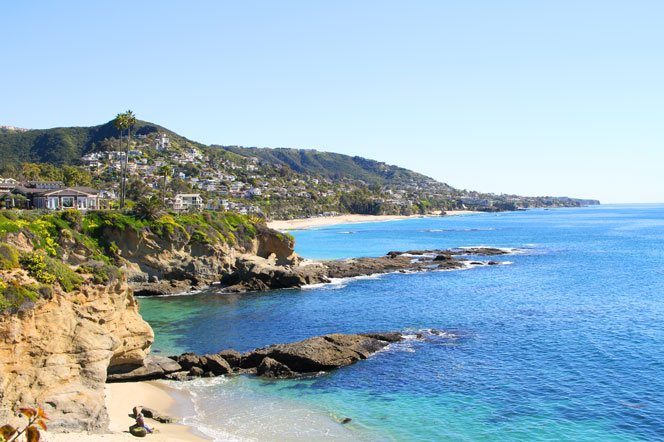
Underwater parks, also called Marine Protected Areas, boost the numbers, size, and diversity of plants and animals living within their protected boundaries. They help safeguard critical ocean habitats and help all types of marine life thrive, from the coral of the seafloor, to the fish and mammals that reach the water’s surface. Marine Protected Areas (MPAs) are shown to be more resilient to climate change and other environmental disturbances than non-protected areas. They have been called ‘hope spots,’ because they are our best hope for restoring the beauty and bounty of ocean life threatened by climate change, overfishing, pollution, and habitat destruction.
In addition to MPAs, California has developed other tools to protect sensitive marine ecosystems. California has designated 34 Areas of Special Biological Significance to be protected from land-based sources of pollution, like stormwater runoff from our urban centers and coastal highways. These special areas comprise one-third of the California coastline and support a wide variety of unique marine species that are the “basic building blocks” for a sustainable and resilient coastal environment and economy.
Since 1983, California has prohibited the discharge of pollution into these Areas of Special Biological Significance. Unfortunately, the State Water Board created an exception to that prohibition called the ASBS General Exception, which was granted to permittees like coastal cities and Caltrans. The Exception was intended to allow discharges while maintaining the natural water quality of the protected areas. Unfortunately, the Exception is severely flawed. California Coastkeeper Alliance recently conducted an in-depth analysis of the failing Areas of Special Biological Significance program, and discovered:
- In order to comply with the ASBS General Exception, permittees must demonstrate that their discharges do not alter natural water quality. If they do, they must submit a Compliance Plan to demonstrate how they will achieve water quality standards. The deadline to comply with the ASBS General Exception was over 2 years ago (March 20, 2018); but there is no evidence that any ASBS General Exception permittee has made any efforts to stop their polluted runoff into the most precious marine areas.
- All ASBS General Exception permittees that have submitted water quality data have failed to meet the natural water quality standard.
- Of the 27 ASBS General Exception permittees, 19 have demonstrated water quality exceedances since 2012. To date, nothing has been done to correct these violations.
- Four ASBS General Exception permittees have submitted no data at all, therefore compliance with the natural water quality standard is unknown. Still, the state has done nothing to require those permittees to submit new data.
- Submission of Compliance Plans and Pollution Prevention Plans are long-overdue, with only 6 out of 27 Final Compliance Plans submitted.
- None of the submitted ASBS Compliance Plans and Pollution Prevention Plans provide adequate justification for continued natural water quality exceedances, nor provide a substantial plan to rectify these exceedances.
California’s fragile and valuable marine ecosystems have endured rampant and unchecked pollution discharges to areas deemed to be of ‘special significance’ for far too long. California Coastkeeper Alliance will continue work to improve and ensure the success of the ASBS program for the benefit of California’s marine ecosystems, coastal communities, and our ocean economy.

Executive Director Sean Bothwell leads CCKA’s initiatives to fight for swimmable, fishable, and drinkable waters for all Californians.



